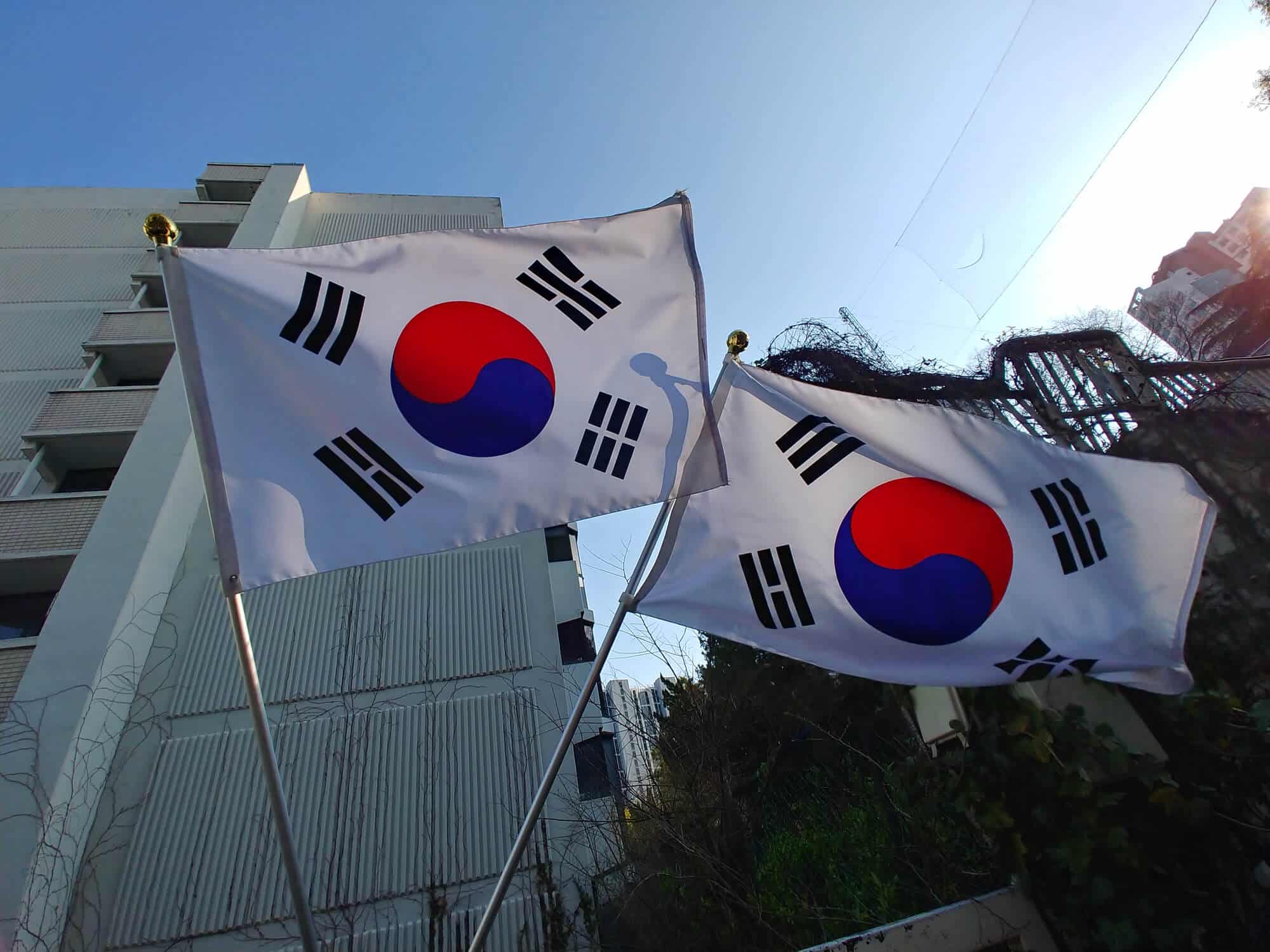Key Funding Incentives
1 | R&D Tax Credit
South Korea offers a sophisticated R&D tax credit system designed to encourage corporate investment in research and development.
Mechanism: Companies can elect to claim a tax credit on qualifying R&D expenditure. The rates vary significantly based on company size and the strategic importance of the R&D, with rates often increased through temporary tax reform proposals (e.g., in 2025).
-
- Strategic Technologies: For investments in “national strategic technologies” (e.g., semiconductors, quantum technology, advanced biotechnology, AI, autonomous transport), the credit can be up to 40% for SMEs and 30% for non-SMEs, plus an additional credit rate capped at 10% (i.e., total credit up to 50% for SMEs and 40% for non-SMEs).
-
- General R&D: The general R&D credit rates are typically 12% for SMEs and 3% for large firms (calculated using volume or incremental methods).
Eligible Activities:Qualifying R&D activities include fundamental research, applied research, and experimental development. The scope is actively expanded to include new strategic areas like AI-related technologies and webtoon production. Eligible costs encompass labour costs, materials, rent for R&D equipment, and commissions paid to qualifying bodies.
Impact: This hybrid tax credit system significantly reduces the effective cost of R&D, incentivising companies to invest in advanced and strategic technological fields. Unused R&D credits can generally be carried forward (the carry-forward mechanism is continually reviewed and extended).
2 | Cash Subsidies and Direct Grants for Foreign Investment
The South Korean government actively uses direct cash subsidies to attract foreign direct investment (FDI) into strategic sectors and R&D.
• Increased Subsidy Rates (2025 Temporary Measures): The government temporarily increased cash subsidy rates in 2025. The cash support limits can reach up to 75% of total investment costs for high-priority projects, specifically:
→ Maximum 75% for R&D centres related to national advanced strategic industries (e.g., semiconductors, AI) and regional HQs of global enterprises.
→ Maximum 60% for other R&D centres and national strategic technologies.
• Eligibility: Subsidies are typically targeted at key sectors, including advanced R&D, national advanced strategic industries (expanded to include AI and future mobility), and projects creating mass employment or contributing to region-specific industries.
• Impact: These cash subsidies make South Korea a highly competitive destination for foreign companies seeking to establish R&D facilities or invest in high-tech manufacturing, directly supporting the government’s industrial policy goals.
3 | Comprehensive Startup Support (e.g., K-Startup Grand Challenge)
South Korea has a robust ecosystem of government-backed programs specifically designed to nurture startups, particularly those with global potential.
K-Startup Grand Challenge (KSGC): This flagship program attracts international startups to establish themselves in Korea. The 2025 edition offers a significant pool of equity-free funding (e.g., up to ₩950 million or US$633,000 total government support), living stipends, and commercialisation grants for top teams.
Corporate-Government Collaboration: KSGC offers unparalleled access to Korea’s leading conglomerates (e.g., Samsung, Hyundai, LG) for proof-of-concept (PoC) projects and strategic partnerships, leveraging Korea’s unique chaebol-dominated business landscape.
Ministry of SMEs and Startups (MSS) Support Plan: The MSS annually unveils comprehensive support plans for startups, allocating substantial budgets (e.g., US$2.23 billion in 2025) across hundreds of programs. Key initiatives include the “Super Gap Startup 1000+ Project” fostering startups in emerging industries (e.g., AI, bio-health, robotics) and the “Deep Tech Value-Up Program” facilitating collaboration between large enterprises and startups.
Incubation and Acceleration: Programs provide free office space, visa sponsorship, business incorporation assistance, curated business matchmaking, and follow-on scale-up grants for top-performing teams.
Impact: These programs aim to attract global talent, accelerate startup growth, and integrate innovative startups into Korea’s industrial fabric, making it a leading innovation hub in Asia.
4 | Strategic Financial Institutions and Zones
State-backed financial institutions and designated zones play a key role in steering capital towards strategic goals.
-
- Korea Development Bank (KDB): As a key policy finance institution, KDB is at the forefront of securing future growth engines. It actively nurtures promising start-ups and companies with advanced technologies through direct/indirect investments (including PEFs/VC funds) and provides low-interest capital to SMEs. KDB also leads large-scale strategic financing support plans (e.g., ₩15 trillion for five major strategic sectors like semiconductor, secondary battery, and biotech).
-
- Special Economic Zones/Research Zones: Companies establishing operations in designated Special Research and Development Zones or Enterprise Cities can benefit from significant corporate tax reductions or exemptions for several years (e.g., 100% exemption for 3 years, followed by 50% reduction for 2 years).
-
- National Growth Fund: Korea adopted the establishment of a ₩150 trillion (approximately US$102 billion) fund in September 2025, the National Growth Fund, intended to support national strategic industries and expand the scale of investment in start-ups.
5 | Venture Capital Landscape
South Korea’s venture capital (VC) ecosystem is dynamic, marked by significant public and private investment.
Growth and Focus: Deep tech investment, especially in AI and bio-healthcare, reached record highs in 2024, driven by increasing investor appetite. Strategic national investment plans (e.g., the ₩1 trillion AI R&D investment for 2025) further bolster the sector.
Key Players: A mix of local VC firms (e.g., Korea Investment Partners, Kakao Ventures), corporate venture capital (CVC) arms, and government-backed investors (e.g., Korea Development Bank) are active. New tax exemptions for dividend income received by venture capital partnerships (VCPs) from Special Purpose Companies (SPCs) are being introduced to boost private capital inflow.
Impact: The thriving VC landscape, coupled with robust government support and a focus on deep tech, provides critical capital for Korean startups to scale rapidly and contribute to national strategic objectives.
Conclusion
South Korea’s innovation funding incentives represent a highly strategic and comprehensive framework, deeply integrated with the nation’s vision for technological leadership. Through generous R&D tax credits and new strategic technology incentives (up to 50% credit), substantial cash subsidies for foreign investment (up to 75%), extensive start-up support programmes like KSGC, and targeted initiatives for deep tech (bolstered by KDB and the new National Growth Fund), the government actively cultivates a dynamic innovation ecosystem. This multi-faceted approach, combined with a robust venture capital landscape and strong corporate-government collaboration, is fundamental to South Korea’s continued success in fostering cutting-edge technological advancements and strengthening its global economic competitiveness.
We’re here to help. Contact us to discuss how ABGi can support your global innovation strategy.

